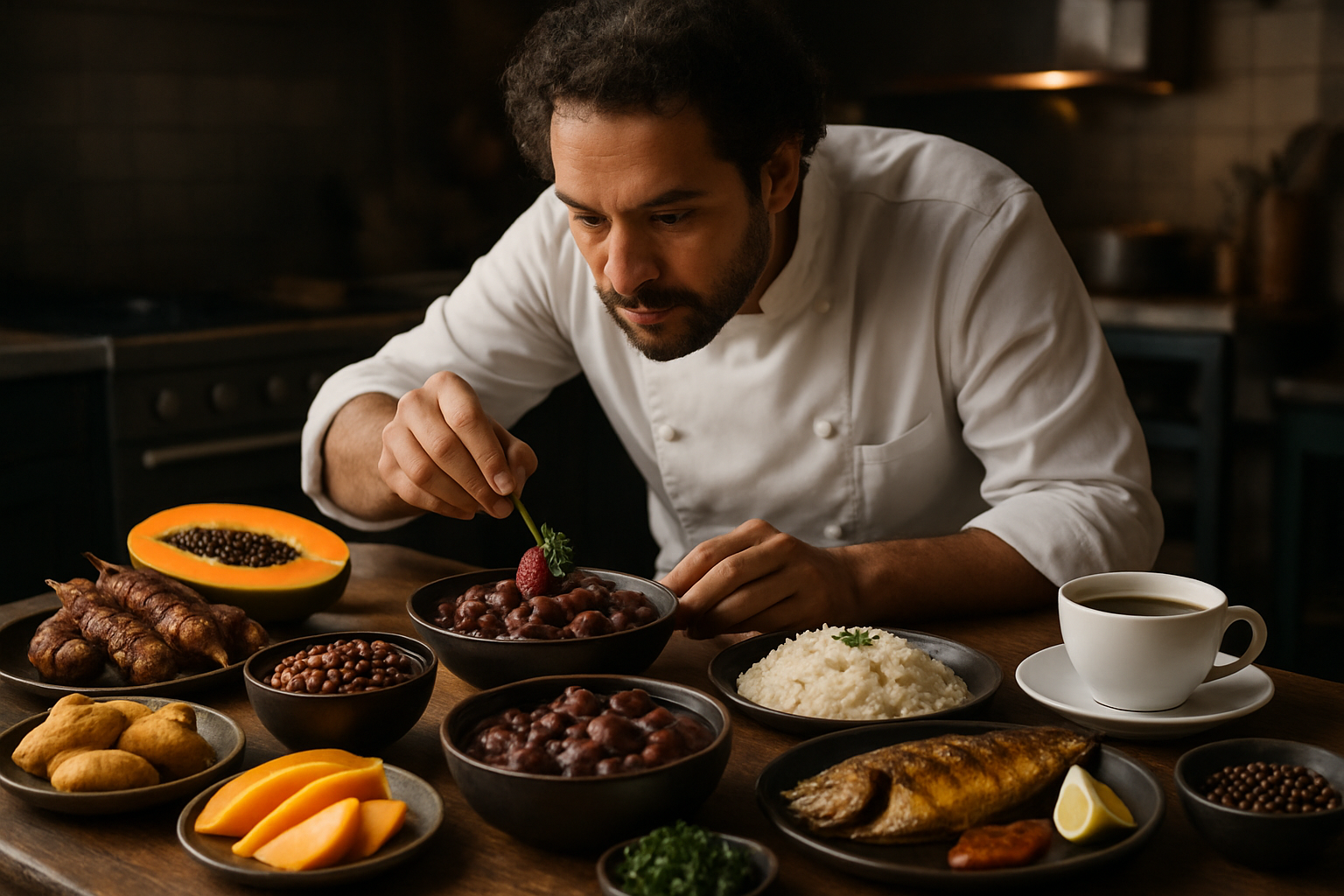A Deeper Dive into Brazilian Gastronomy: More than Just Feijoada
Brazilian cuisine is a vibrant melting pot of flavors, with influences from Europe, Africa, and the indigenous peoples of the Americas. In this article, we'll venture beyond the well-known feijoada, uncovering the diversity and innovation within Brazilian gastronomy.

A Taste of History: The Roots of Brazilian Cuisine
Brazilian cuisine’s rich tapestry is rooted in a complex history of colonization, slavery, and immigration. From the native Tupi-Guarani’s manioc-based dishes to the Portuguese colonizers’ introduction of citrus fruits, sugar, and cattle, every historical influence has left a unique imprint on the culinary landscape.
The Vibrant Flavors of Brazil’s Regional Cuisines
Brazil’s vast size and diverse geography give rise to distinct regional cuisines. The Amazon region, for example, offers a cornucopia of unique fruits, fish, and roots. In contrast, the South is renowned for its churrasco - a barbecuing technique that involves grilling large cuts of meat on skewers.
The Brazilian Patisserie Renaissance: A Sweet Innovation
A new wave of pastry chefs is revolutionizing Brazil’s patisserie scene. By incorporating native ingredients such as cupuaçu, acai, and jabuticaba into their creations, these chefs are breathing new life into the realm of Brazilian sweets and desserts.
Street Food in Brazil: A Feast for All Senses
Street food is a vital part of Brazilian gastronomy, offering a culinary experience that engages all senses. From the savory pastels and coxinha to the sweet brigadeiros and beijinhos, Brazil’s street food scene is a dynamic playground for culinary adventurers.
The Art of Brazilian Coffee
Brazilian coffee plays a significant role in the country’s culture and economy. With a variety of beans and roasting styles, and an innovative coffee scene, Brazil offers more than just your average cup of joe.
Interesting Glimpses into Brazilian Cuisine
-
The national dish, feijoada, is a black bean stew with pork, served with rice, collard greens, and farofa (toasted cassava flour).
-
Brazil is the world’s largest coffee producer.
-
Acarajé, a deep-fried ball of black-eyed pea dough filled with vatapá (a spicy shrimp paste), is a popular street food in Bahia, with roots in Afro-Brazilian cuisine.
In conclusion, Brazilian cuisine is a culinary treasure trove waiting to be explored. With its rich history, regional diversity, innovative chefs, vibrant street food, and world-renowned coffee, Brazil offers a gastronomic journey that is sure to tantalize your taste buds. So, the next time you’re seeking a new culinary adventure, why not take a deep dive into the flavors of Brazil?





